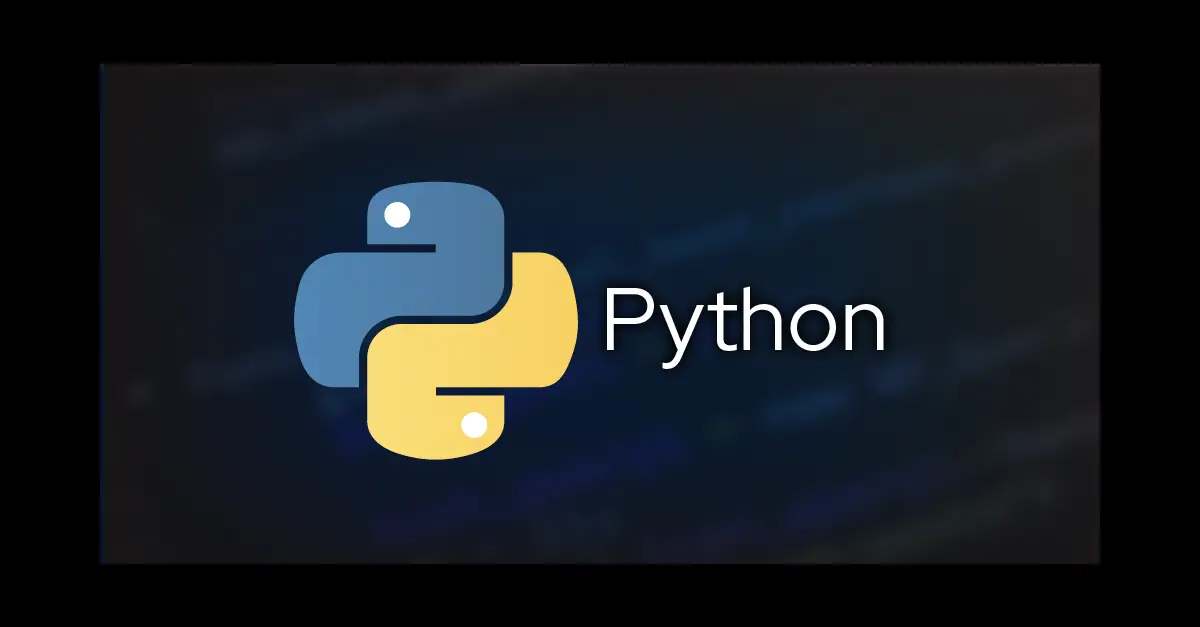The Power of Python Switch Case for Efficient Programming
In the world of programming, the py switch case statement is a powerful tool that allows developers to streamline their code and make it more efficient. While Python does not have a built-in switch case statement like some other programming languages, there are ways to achieve the same functionality using different techniques.
Using if-elif-else Statements in Python
One common way to mimic a switch case in Python is by using a series of if-elif-else statements. This involves checking a variable against multiple conditions and executing different blocks of code based on the result. Here’s an example:
def switch_case(argument):
if argument == 'option1':
print("You chose option 1")
elif argument == 'option2':
print("You chose option 2")
elif argument == 'option3':
print("You chose option 3")
else:
print("Invalid option")
By using if-elif-else statements in this way, you can achieve similar functionality to a traditional switch case statement. While it may be slightly more verbose, it gets the job done effectively.
Using Dictionary Mapping in Python
Another approach to implementing a switch case in Python is by using dictionary mapping. This technique involves creating a dictionary where the keys represent the different cases and the values represent the corresponding actions to take. Here’s an example:
def switch_case(argument):
switcher = {
'option1': "You chose option 1",
'option2': "You chose option 2",
'option3': "You chose option 3"
}
print(switcher.get(argument, "Invalid option"))
With dictionary mapping, you can easily look up the value associated with a specific key, providing a more concise and efficient way to implement a switch case in Python.
Using Polymorphism for Switch Case in Python
For a more advanced approach to implementing a switch case in Python, you can utilize polymorphism to achieve the desired functionality. By creating a base class with different subclasses for each case, you can override a common method to execute the specific behavior for each case. Here’s an example:
class SwitchCase:
def choose_option(self):
pass
class Option1(SwitchCase):
def choose_option(self):
print("You chose option 1")
class Option2(SwitchCase):
def choose_option(self):
print("You chose option 2")
class Option3(SwitchCase):
def choose_option(self):
print("You chose option 3")
def switch_case(argument):
cases = {
'option1': Option1(),
'option2': Option2(),
'option3': Option3()
}
cases.get(argument, SwitchCase()).choose_option()
By using polymorphism in this way, you can create a more flexible and extensible switch case implementation in Python, allowing for easy addition of new cases without modifying existing code.
Conclusion
In conclusion, while Python may not have a built-in switch case statement, there are several techniques available for achieving similar functionality. Whether you choose to use if-elif-else statements, dictionary mapping, or polymorphism, the key is to select the approach that best suits your specific requirements and coding style. By leveraging these techniques effectively, you can write more efficient and readable code in Python.

